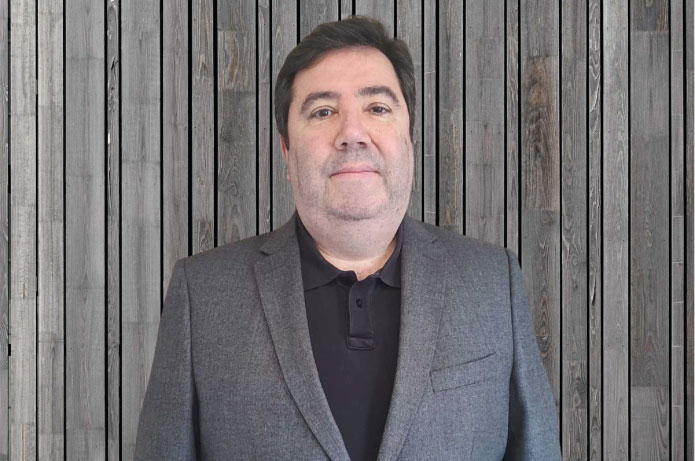Brazil ranks third worldwide in time spent on social media, with users dedicating an average of 3 hours and 37 minutes daily, according to the Digital 2024 report by We Are Social and Meltwater. Therefore, from the companies' perspective, platforms are not just a channel to advertise job openings, but a showcase for corporate culture, values, and projects that can attract a new generation of professionals. And when it comes to the search for young talents, messages and ideas should be crafted with strategy and transparency, as they will be heavily evaluated by future professionals who are digital natives.
The customer success specialist at Companhia de Estágios, Ana Krentzenstein, comments on the growing importance of these channels for attracting talent: "Today, candidates rarely visit a company's official website. They look at social media to understand the brand, its culture, and values. To attract this audience, it is essential for companies to align their communication with the profile of their potential candidates. This involves everything from choosing the tone of voice to creating content that reflects an authentic organizational culture."
The specialist also emphasizes that, to have good communication on social media, it is necessary to have well-defined purposes and organizational culture – a starting point without which it is difficult to work on any message. After this mapping, the strategy is defined to connect with the audience, and social media are a fundamental tool to reach them, functioning as a showcase for all the actions that are already taking place within the organization.
Check out more tips to improve communication with young people on social media.
1. Coherent communication and representation
Corporate communication must reflect the company's identity. Traditional companies do not need to adopt a style that does not align with their essence, but they can adjust the tone to their target audience. For example, when advertising internship positions, it is possible to be more approachable, avoiding excessive formality. This strategy creates a connection with the candidates, who feel more likely to identify with the organization by understanding its language.
Furthermore, to attract young talent, it is essential for the company to showcase an environment of learning and challenge – which is what young people seek most according to a survey by the Internship Company itself. This, combined with a competitive benefits package, will interest the young person and encourage them to apply for your Internship or Young Apprentice Program.
2. Connection with the values of new generations
The younger generations, especially Millennials and Generation Z, prioritize values that go beyond immediate salary and benefits. To attract talents from this audience, companies need to clearly communicate their stance on topics such as environmental sustainability, inclusion, growth opportunities, and professional development. However, it is not enough to address these topics superficially; it is necessary to demonstrate how they are integrated into the organization's DNA and daily practices.
An effective strategy is to show concrete results: share sustainability metrics, testimonials from employees who have grown within the company, or highlight inclusion initiatives with proven impact. For example, a post on LinkedIn or Instagram can showcase a carbon emissions reduction project, followed by a video of an employee whose career was boosted by internal training and mentoring programs.
Furthermore, the way to communicate these values must be transparent, avoiding practices that try to appear engaged but lack genuine underlying actions. The narrative must be authentic, showing how the company collaborates to create a better world while providing a stimulating and safe work environment.
3. Creative content and continuous interaction
The company's presence on social media should be active. Ignoring comments or using automatic responses will definitely negatively impact engagement. When posting new trainee or internship openings, why not share the testimonial of a professional who had a genuine positive experience to encourage new applications?Investing time in authentic conversations with the audience demonstrates care and creates an engagement flow that goes beyond a simple exchange of information. This ongoing interaction helps build a community around the brand, strengthening the relationship with potential talents.
Another important point is to use creative formats and content that resonate with the audience's language. Swile, a corporate benefits company, for example, does remarkable work in this area.They use many memes to communicate, as well as iconic characters like Gretchen, Marcia Fu, and influencer Ana Chiyo to create fun content to attract talent. As a result, one of your campaigns generated significant media coverage.
An important tip is to follow social media platforms with a high number of users and engagement. Some suggestions of companies whose networks are worth following for their creative approaches are: Zé Delivery, Swile, Caju, Pirelli, Banco Pan, Hypera Pharma, and Itaú.











